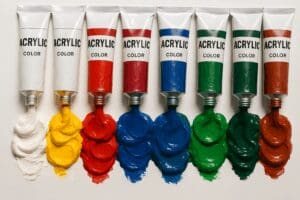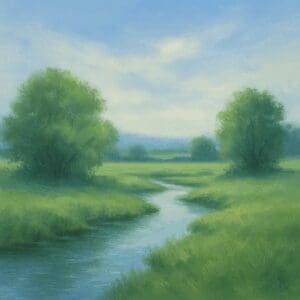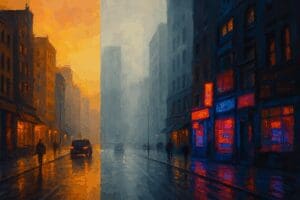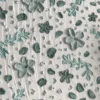Gouache, pronounced “gwash,” is a versatile and captivating painting medium that is often overlooked by beginners in the world of art. This opaque watercolor paint offers a unique set of qualities that make it a fantastic choice for artists of all levels. If you’re new to gouache and eager to explore its potential, this guide will provide you with valuable tips to get started on your gouache painting journey.
Understanding Gouache:
Gouache is a water-based paint that consists of pigments, water, and a binding agent, typically gum arabic. What sets gouache apart from traditional watercolors is its opacity. Gouache is known for its ability to provide vibrant, flat color coverage, similar to acrylic or oil paint. However, it can also be diluted with water to achieve translucent effects, making it a versatile medium.
Gathering Your Materials:
Before diving into gouache painting, gather the essential materials:
- Gouache Paints: Invest in a set of high-quality gouache paints with a range of colors. You can find both traditional gouache, which can be reactivated with water after drying, and acrylic gouache, which dries permanently.
- Brushes: Choose a selection of brushes with different shapes and sizes. Synthetic brushes are ideal for gouache painting, as they can withstand the slightly thicker consistency of gouache.
- Palette: A palette with wells for mixing colors is essential. Gouache can be easily mixed to create new colors, so having a palette with sufficient mixing space is beneficial.
- Water and Containers: Have water containers for rinsing your brushes. Keeping your brushes clean is essential for achieving vibrant colors.
- Paper or Surface: Gouache can be used on a variety of surfaces, but watercolor paper or a heavy drawing paper specifically designed for gouache works best.
Mastering Basic Techniques:
Gouache painting shares some techniques with watercolor and acrylic painting but also has unique characteristics. Here are some fundamental techniques to explore:
- Flat Wash: Apply a uniform layer of paint with consistent color intensity.
- Layering: Gouache allows for layering colors. Apply one layer, let it dry, and then paint over it to create depth and texture.
- Blending: Gouache can be blended both wet-on-wet and wet-on-dry, depending on the desired effect.
- Scumbling: Apply a thin layer of opaque color over a dry layer to create a cloudy or hazy effect.
- Lifting: Gouache can be reactivated with water even after drying. Use this to your advantage by lifting off areas of paint to create highlights.
Color Mixing:
Gouache offers an extensive range of colors, but learning to mix your own is a valuable skill. Start with primary colors (red, blue, yellow), and experiment with mixing to create secondary colors (green, orange, purple) and various shades and tones. Understanding color theory is essential for achieving the hues you desire in your artwork.
Start Simple:
As a beginner, it’s a good idea to start with simple subjects. Create simple still lifes or abstract compositions to practice your techniques and become familiar with how gouache behaves on paper. Gradually, you can tackle more complex subjects.
Explore Tutorials and Resources:
There are plenty of online tutorials, books, and video courses that can help you learn gouache painting techniques. Consider exploring these resources to gain insights and inspiration for your artwork.
Patience and Practice:
Like any art form, gouache painting requires patience and practice. Don’t be discouraged by initial challenges. Embrace each painting as a learning opportunity, and over time, you’ll refine your skills and develop a unique artistic style.
Embarking on your gouache painting journey is an exciting step towards exploring your creativity and expressing yourself through a versatile and captivating medium. With patience, practice, and a willingness to learn, you’ll soon discover the endless possibilities that gouache painting offers.
Disclaimer: The views and opinions expressed in this article do not necessarily reflect the official policy or position of Irish Artmart.





